Wrist Sprain
Wrist sprains are common injuries. A wrist sprain occurs when the strong ligaments that support the wrist stretches beyond its limits or tear apart. This occurs when the wrist is bent or twisted forcefully, such as caused by a fall onto an outstretched hand. They can range from mild to severe, depending on how much damage there is to the ligaments.
Ligaments are tissues that are strong and fibrous which connects our bones together. Ligaments which are present in the wrist joint helps to keep the bones stabilized that too in the proper situation.
Sprains are of different types which can range between a tiny tear in the ligament or complete detachment from the bone. In a mild sprain, the ligaments are stretched, but not torn. In a moderate sprain, the ligaments are partially torn. This type of injury may involve some loss of function. In a severe sprain, the ligament is completely torn or the ligament is pulled off of its attachment to bone. A severe sprain requires medical care. If the ligament tears away from the bone, it may take a small chip of bone with it. This is called an avulsion fracture.
Table of Contents
Symptoms of Wrist Sprain
Pain: Sprained wrist is very painful, especially when you try to move it.
Tenderness: Sprained wrist is very tender to touch.
Warm: When sprained, the wrist is generally warm.
Sounds: Wrist makes different pooping and tearing sounds from inside, when moved.
Difficult to move: Wrist becomes very difficult to move or feels blocked due to severe pain.
Swelling: Wrist when sprained is swollen as the ligament inside is either torn apart or detached from the bone.
Causes of Wrist Sprain
Wrist sprain is generally caused by the movement of the wrist involving an abrupt twist or hyperextension. It can also be caused by a direct blow on the wrist or falling on an outstretched hand or contact that causes the wrist to forcefully move in one direction.
Athletes are particularly prone to Wrist Sprain. Gymnastics, skiing, football and figure skating are just a few of the sports in which this type of injury is common. Wrist Sprains are most frequently caused by a fall on an outstretched hand. This type of fall is also common in icy weather. Additionally, any activity that results in sudden, forceful impact to the wrist can place undue stress on the ligaments leading to over-stretching and/or tearing.
Risk Factors of Wrist Sprain
Anyone can have a sprained wrist due to any reason or generally a fall directly on the hand. This can lead to normal pains or can impact the complete movement of the wrist (if broken).
Preventions of Wrist Sprain
In order to avoid the spraining of the wrist or to lower down the risk of having a sprained wrist, one can try some methods:
- Wearing wrist splints, when participating in a sport which may result in frequent falls, like skateboarding or skiing
- Wearing protective wrist tape when participating in sports that require twisting motion of your wrist, like gymnastics
- When skiing, release your poles if you are falling, so that you can avoid twisting your wrist
- Avoid walking on slippery surfaces, like icy sidewalks or wet floor to avoid or reduce your risk of falls
- Consider following Yoga or Tai Chi program, which not only makes you exercise your body but also provides balance to your body
Diagnosis of Wrist Sprain
Wrist sprains are commonly diagnosed by primary care physicians, hand or orthopaedic surgeons, and sports medicine physicians. When a wrist sprain is suspected, a doctor will take a medical history and conduct a physical examination that includes tests to evaluate the wrist’s stability. Medical imaging and other advanced tests may be ordered if necessary.
Physical Examination and Medical History
The first step in diagnosing a wrist sprain requires a doctor visit, which includes:
A physical examination, in which the doctor typically checks for:
- Tenderness and/or swelling on palpating (gently applying pressure) the wrist joint
- Flexibility and range of motion of the injured wrist compared to the uninjured one
- Deficits in strength, sensation, or reflexes in the wrist and/or fingers
Review of medical history, which includes the doctor asking about:
- Onset of pain and other symptoms
- Type and nature of pain
- Trauma or injury to the wrist area
If a wrist sprain is suspected, the doctor may perform specialized wrist instability tests.
The doctor will check for ligament injuries and stability of the carpal bones using certain physical tests. These tests can also help assess the injured wrist’s strength and flexibility.
- Scaphoid shift test involves the doctor grasping and firmly pushing the scaphoid bone to check the stability of the bone.
- Ballottement test checks for the stability of the lunotriquetral ligament. The doctor uses a technique to stabilize the lunettes bone and checks for pain, grinding sounds, and/or excessive mobility of the lunotriquetral joint.
- Grip strength of the wrist is measured by a device called Jamar dynamometer. The patient holds and squeezes the device and the strength is assessed.
Wrist instability tests are usually performed at the doctor’s office and may be a part of the physical examination.
Medical Imaging Tests for Wrist Sprain
- X-ray: Standard x-rays do not show ligaments, however, in chronic wrist sprains, the presence of gaps, overlapping, and/or rotation of the carpal bones may be seen—indicating ligament injury
- Ultrasound: Ultrasound of the wrist is useful in analyzing ligament inflammation and tears as well as associated joint, artery, vein, and nerve injuries. Swelling and fluid accumulation may also be analyzed in ultrasounds
- Magnetic resonance imaging (MRI): MRI of the wrist is useful in detecting ligament injury and injuries related to other soft tissues, nerves, cartilage, and joints
Imaging diagnostic tests are performed to confirm a suspected wrist sprain. A few examples include:
While physical examination and imaging tests can be sufficient in diagnosing some wrist sprains, more invasive diagnostic methods may be necessary in other cases, particularly if symptoms do not improve over time.
Invasive Diagnostic Tests for Wrist Sprain
Invasive diagnostic procedures are any diagnostic procedures that break the skin, including injections. Less frequently, these may be used if diagnosis cannot be confirmed with examination or other advanced imaging including x-ray or MRI. Invasive diagnostic procedures for wrist sprains include:
- Magnetic Resonance Arthrography (MRA): A wrist MRA is a two-step procedure used to diagnose wrist ligament injuries. First, a contrast dye is injected into the location to be examined, and then an MRI is performed. This technique allows for a detailed evaluation of the intrinsic ligaments and surrounding soft tissues
- Multiple Detector Computed Tomography (MDCT) Arthrography: Like MRA, MDCT Arthrography is a two-step procedure that uses contrast dye. In MDCT Arthrography, a rotating x-ray tube is used to take images in a sequence. Intrinsic wrist ligaments can be viewed in high detail in this procedure
- Wrist Arthroscopy: Wrist Arthroscopy is a surgical procedure that involves insertion of an Arthroscope (a small device with a lens and light) into the wrist joint. The Arthroscope is connected to a video screen and monitor, which enables the doctor to view the inner structures, such as ligaments and cartilage of the wrist. A surgeon will typically perform necessary repairs during the same procedure
Diagnostic tests also help determine the grade and severity of ligament injury. Ligaments may appear elongated, torn, or torn with a bone attached to it.
Treatment of Wrist Sprain
Minor to moderate wrist sprains can be healed on their own. Just a little time is required, to get the wrist back in normal condition. To speed up the healing you can simply do the following:
- Rest: Give rest to your wrist for at least 48 hours
- Icing: Ice your wrist to reduce pain and swelling. Do it for 20-30 minutes every three to four hours for two to three days, or until the pain is gone
- Compress: Wrap up the wrist with a bandage
- Position: Elevate your wrist above your heart, on a pillow or the back of a chair, as much as you can
- Medicine: Take anti-inflammatory painkillers. Non-steroidal anti-inflammatory drugs (NSAIDs), like Advil, Aleve, or Motrin, will help with pain and swelling. However, these drugs can have side effects, like an increased risk of bleeding and ulcers. They should be used only occasionally, unless your doctor specifically says otherwise
- Cast: Use a cast or splint to keep your wrist immobile. This should only be for a short time, until you see the doctor. Then follow the doctor’s advice about whether or not to continue using a splint. Using a splint for too long can result in more stiffness and muscle weakness in some cases
- Exercise: Practice stretching and strengthening exercises if your doctor recommends them. It is best if you see a physiotherapist to guide a program specific to your condition
More severe wrist sprains, in which the ligament is snapped, may require surgery to repair.
How to wrap a sprained wrist?
After your injury, apply ice to reduce swelling. Wrap an ice pack with a clean towel, and then place it on your wrist for 20 minutes. Repeat two or three times a day.
You can also wrap your wrist with a compression bandage to minimize swelling. Here’s how:
- Place one end of the bandage on the inside of your wrist. Wrap around once.
- Wrap the bandage across the back of your hand. Bring it up and diagonally over your palm, moving toward your thumb.
- Place the bandage between your thumb and pointer finger. Next, bring it behind your fingers.
- Bring the bandage diagonally across your palm and under your thumb.
- Wrap the bandage across the lower back of your hand, over your wrist, then across the back. Wrap diagonally across your palm, between your thumb and pointer finger again.
- Repeat wrapping diagonally across your palm, creating a crisscross. Repeat the crisscross toward your wrist and lower arm.
- Use tape to keep the bandage in place.
Exercises for Wrist Sprain
Your doctor may recommend exercises to help you heal. Talk to your doctor or physical therapist about which exercises will best help you and how to do them correctly and safely.
You may do the stretching exercises when the sharp wrist pain goes away. You may do the strengthening exercises when stretching is nearly painless.
Stretching exercises for Wrist Sprain
- Wrist range of motion
- Flexion: Gently bend your wrist forward. Hold for 5 seconds. Do 2 sets of 15
- Extension: Gently bend your wrist backward. Hold this position for 5 seconds. Do 2 sets of 15
- Side to side: Gently move your wrist from side to side (a handshake motion). Hold for 5 seconds in each direction. Do 2 sets of 15
- Wrist stretch: Press the back of the hand on your injured side with your other hand to help bend your wrist. Hold for 15 to 30 seconds. Next, stretch the hand back by pressing the fingers in a backward direction. Hold for 15 to 30 seconds. Keep the arm on your injured side straight during this exercise. Do 3 sets
- Wrist extension stretch: Stand at a table with your palms down, fingers flat, and elbows straight. Lean your body weight forward. Hold this position for 15 seconds. Repeat 3 times
- Wrist flexion stretch: Stand with the back of your hands on a table, palms facing up, and fingers pointing toward your body, and elbows straight. Lean away from the table. Hold this position for 15 to 30 seconds. Repeat 3 times
- Forearm pronation and supination: Bend the elbow of your injured arm 90 degrees, keeping your elbow at your side. Turn your palm up and hold for 5 seconds. Then slowly turn your palm down and hold for 5 seconds. Make sure you keep your elbow at your side and bent 90 degrees while you do the exercise. Do 2 sets of 15
When this exercise becomes pain free, do it with some weight in your hand such as a soup can or hammer handle.
Mild and moderate wrist sprains are not severe and can be treated if detected early. For extended issue or no relief it is recommended to see a doctor and get some medical help.

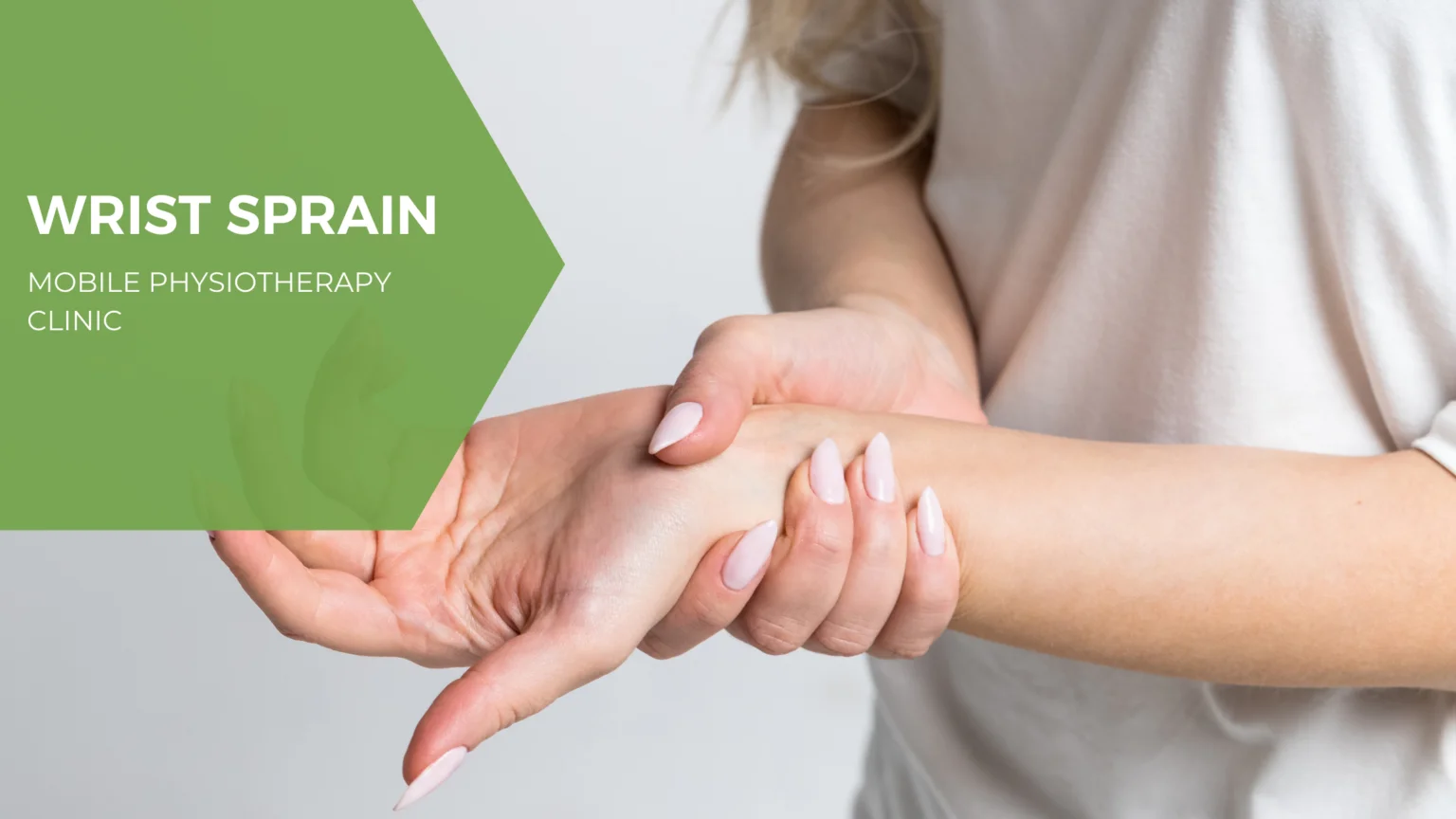
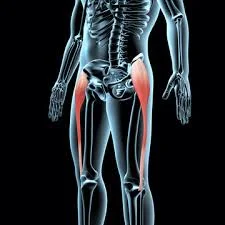
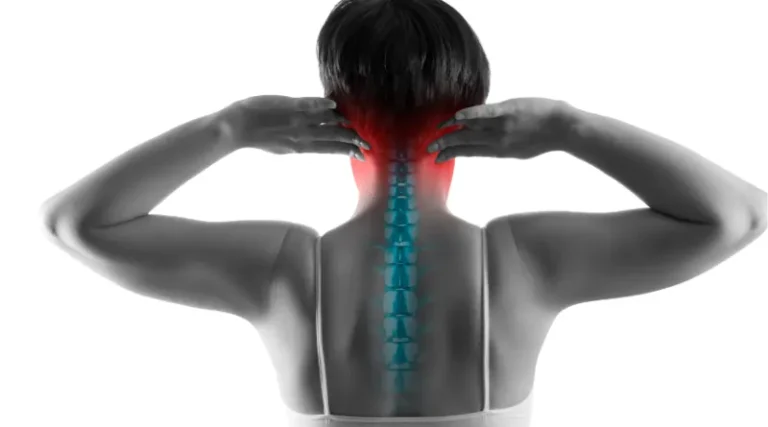

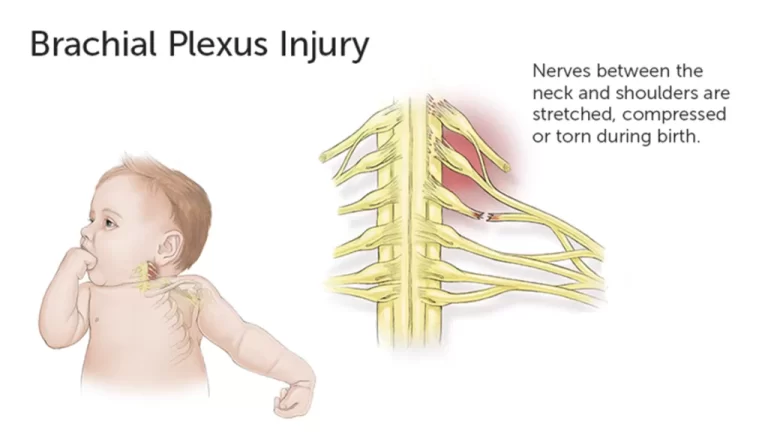

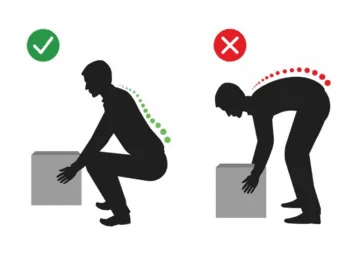
2 Comments